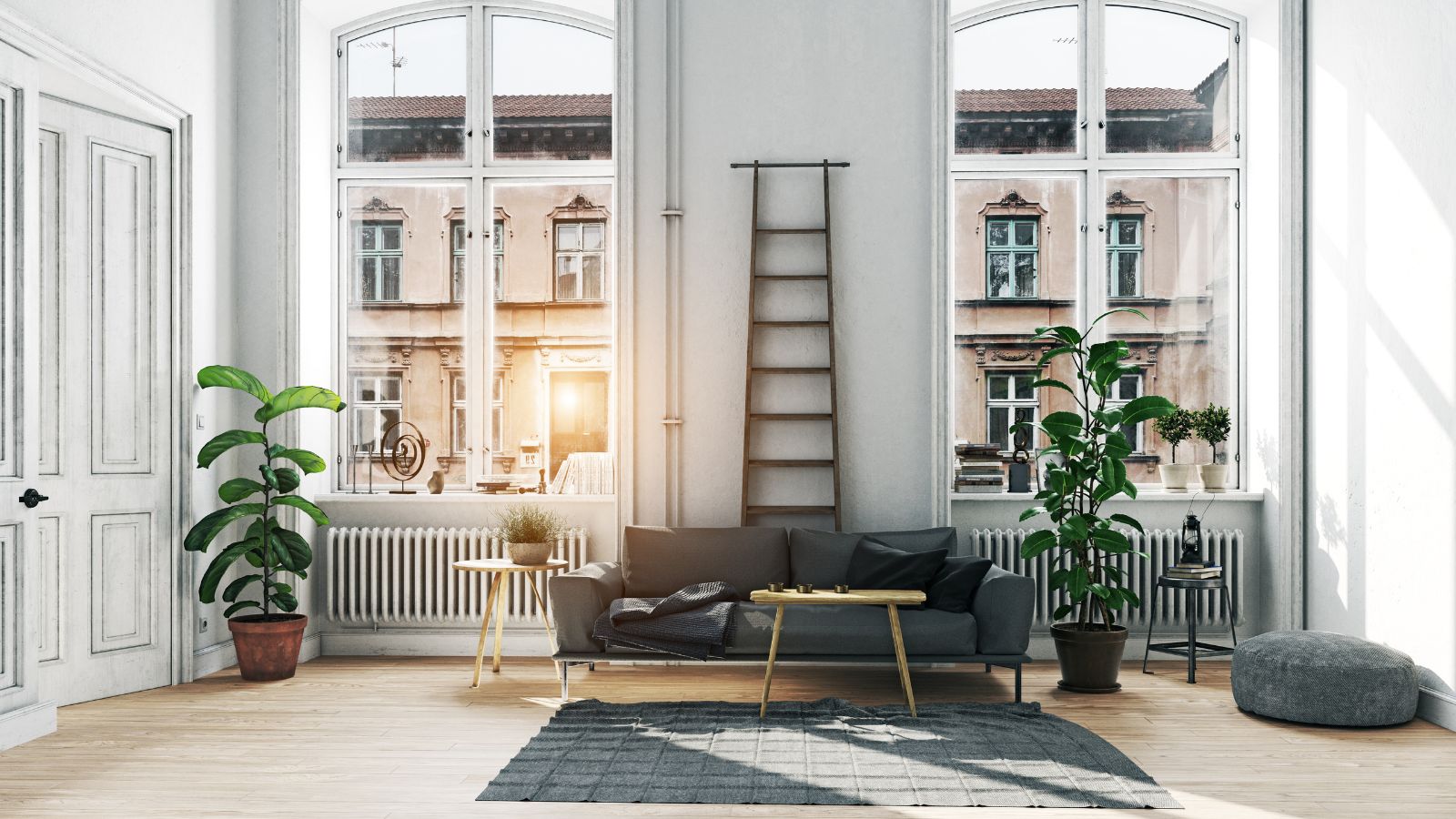These apps offer a myriad of features, from virtual room planning to colour scheme selection. They’re user-friendly and cater to a range of styles, ensuring there’s something for everyone. With a home design app, creating a dream home has never been easier or more accessible.
Home Design App
Technology’s impingement into home decor and interior design through breakthrough home design apps is a game-changer. They’ve expanded the avenues of creativity and functionality for both homeowners and professional interior designers.
Think about it. You’ve got a clutter of ideas in your mind that you’d love to see in your living room or bedroom. But, under the mercy of guesswork, one can’t visualise how the final setup would look like. This is where an efficient home design application solves the riddle. It’s kind-of like a playground for your thoughts, allowing you to plan and visualise the scenes like never before.
The essence of a home design app lies more in its power to enhance creativity. With an overflow of designs, styles, and colour schemes in the catalogue, it nurtures the designer in every homeowner. Whether you’re admirer of a bohemian ambiance or the simplicity of Scandinavian decor, the comprehensive libraries of patterns, walls, furniture and more, cater to every taste and preference.
Not just for the homeowners, these applications offer significant advantages to professional interior designers as well. Using these apps, they can effortlessly communicate their design visions to their clients. This precise communication inspires confidence in clients, ensuring a smooth completion of projects.
 Virtual Room Planning with Home Design Apps
Virtual Room Planning with Home Design Apps
Shifting focus to yet another fantastic application of home design apps: Virtual Room Planning. By providing a bird’s eye view of the area, these apps allow users to design and arrange furniture with a simple drag and drop gesture.
In the process of building or renovating a house, visualising the outcome can be challenging. Here’s where home design apps come in. They make it possible to see the end results before even a single piece of furniture has been moved or a wall knocked down. Who wouldn’t find it beneficial? Virtual Room Planning enhances feasibility studies, enabling individuals to experiment with various layouts, determining what best suits their space.
These apps typically come equipped with a 3D Rendering feature. A feature that allows users to develop a three-dimensional understanding of their room design. It’s not just about placing furniture; it’s about creating a holistic perception of the space, thus facilitating better decision making.
They’ve truly modernised home designing by introducing Augmented Reality (AR). This revolutionary technology lets users overlay the virtual furniture into real-time camera feeds, allowing the experimentation of room layouts in a real environment. Some apps even permit real furniture to be scaled to match the room dimensions, providing a more precise and efficient planning process.
 Color Scheme Selection Made Easy
Color Scheme Selection Made Easy
Venturing into another exceptional feature, home design apps make the selection of colour schemes effortless. A key challenge for many design novices and even those with greater experience is in the choosing of harmonious colour palettes. With the multitude of colours available, it’s easy to feel overwhelmed and make misjudged choices. Home design apps provide an easy solution, with pre-selected colour schemes and advanced options for customization.
Many apps carry this one-step further and incorporate colour scanning technology. This lets users upload a photo of their favourite outfit, painting, or any other colourful item, and then automatically extract the colours, providing an instantly personalised colour scheme.
Exploring further, apps also provide Color Wheel tools. For those with a more hands-on approach to colour selection, these tools allow users to manually pick colours, letting them create custom colour palettes. This feature offers an edge, enabling users to experiment with a wider array of colours and shades.
The benefits aren’t limited to walls and furniture. Apps extend the functionality to cover other elements such as curtains, flooring, and even bedding. Designers can thus create a cohesive look that ties together all aspects of a room’s decor.